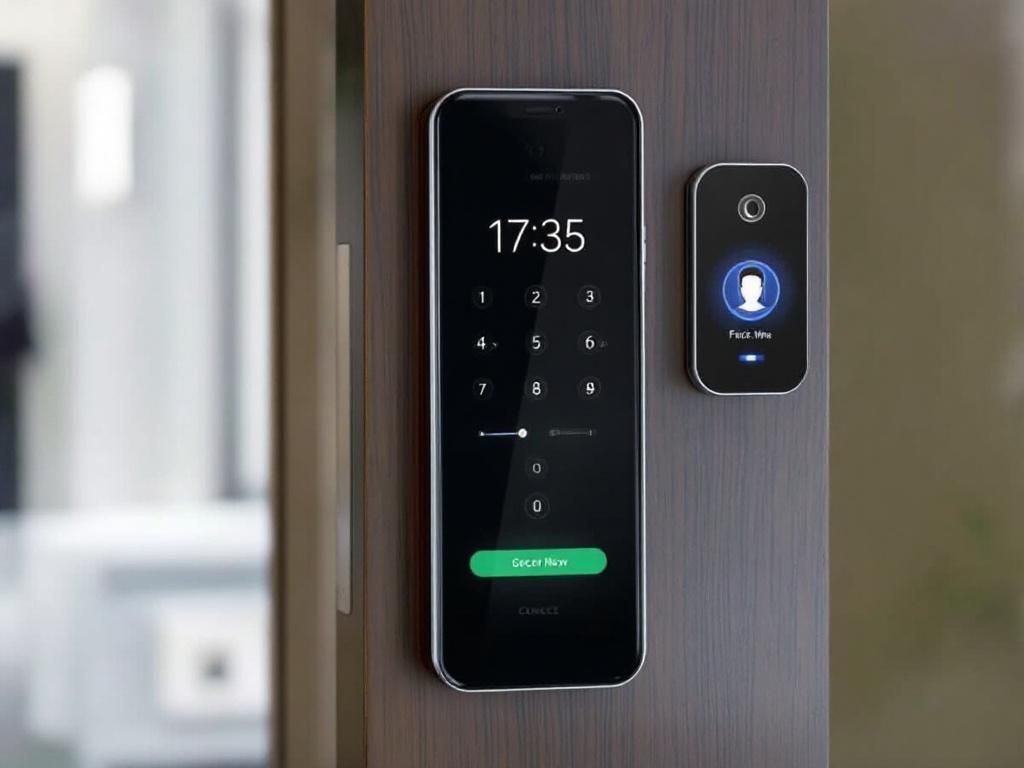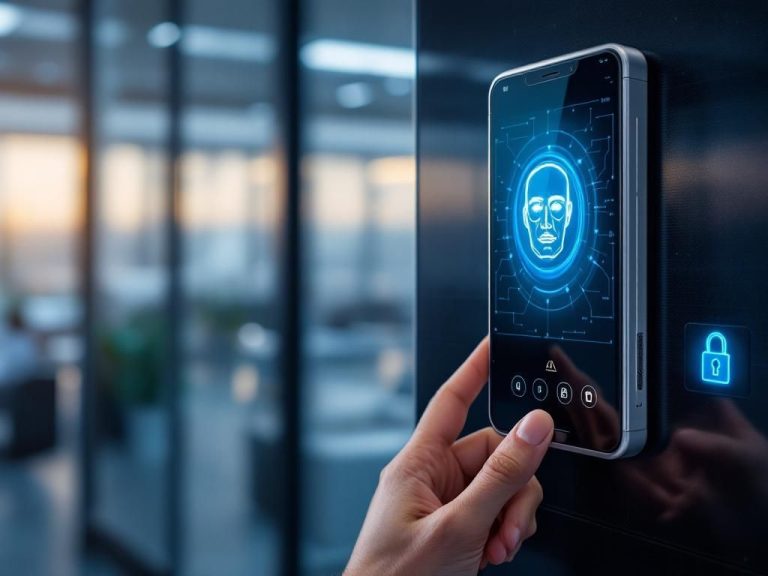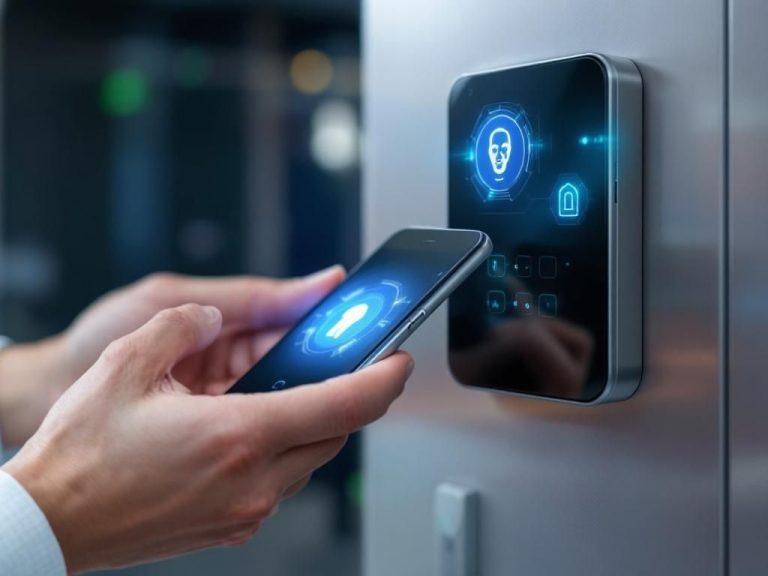In the fast-evolving landscape of technology, security remains a top priority for both businesses and individuals. As traditional methods struggle to keep up with sophisticated threats, advanced solutions like facial recognition have gained traction. This technology offers a robust means of access control, leveraging unique biometric data to enhance security measures. In this article, we will delve into how facial recognition can secure access control systems, its applications, challenges, and future prospects.
Understanding Facial Recognition Technology
Facial recognition technology is a sophisticated biometric identification method that maps an individual’s facial features. By analyzing the geometry of the face, it compares the data against a database to identify or verify a person’s identity. Here are the primary components of facial recognition:
- Image Capture: The process begins with capturing an image or video of the face.
- Feature Extraction: Key features such as the distance between the eyes, nose width, and jawline are extracted.
- Comparison: The extracted features are compared against stored data in a database.
- Decision Making: Based on the comparison, the system decides whether to grant or deny access.
Applications of Facial Recognition in Access Control
Facial recognition is being integrated into various sectors to enhance security protocols. Some notable applications include:
1. Corporate Security
Businesses are implementing facial recognition systems to secure their premises. These systems can:
- Restrict access to sensitive areas based on employee credentials.
- Track attendance and monitor employee movements.
- Integrate with existing security infrastructure for comprehensive monitoring.
2. Smart Homes
In residential settings, smart locks equipped with facial recognition provide a convenient and secure access method. Benefits include:
- Elimination of the need for keys or keycards.
- The ability to grant temporary access to visitors.
- Remote monitoring through connected devices.
3. Law Enforcement
Law enforcement agencies utilize facial recognition for various purposes, such as:
- Identifying suspects in real-time via surveillance cameras.
- Matching images from crime scenes with databases.
- Enhancing public safety in crowded places, like airports and stadiums.
Benefits of Facial Recognition for Access Control
The benefits of implementing facial recognition are substantial:
1. Enhanced Security
Facial recognition ensures that only authorized individuals access secured areas, reducing the likelihood of unauthorized entry.
2. Increased Efficiency
Facial recognition systems can process and verify individuals quickly, significantly decreasing wait times compared to traditional check-in methods.
3. Cost-Effectiveness
While initial setup costs may be high, the long-term savings from reduced theft and streamlined operational procedures justify the investment.
Challenges and Considerations
Despite its advantages, facial recognition technology faces several challenges:
1. Privacy Concerns
As facial recognition systems often capture and store biometric data, concerns arise about user privacy and consent.
2. Accuracy Issues
Facial recognition systems can produce false positives or negatives, particularly in varying lighting conditions or when faces are partially obscured.
3. Bias and Discrimination
Studies have shown that some facial recognition algorithms have higher error rates for people of certain ethnic backgrounds, raising ethical concerns about fairness and bias.
Future of Facial Recognition in Access Control
As technology advances, the future of facial recognition in access control looks promising:
1. Improved Algorithms
Ongoing research is focused on creating more accurate and reliable algorithms to minimize errors and biases.
2. Integration with AI
Combining facial recognition with artificial intelligence can enhance decision-making processes in security systems, leading to better risk assessments.
3. Regulatory Frameworks
As usage increases, governments are likely to establish regulations to govern the ethical use of facial recognition, ensuring privacy protection while allowing for security enhancements.
Conclusion
Facial recognition technology is proving to be a game-changer in access control systems. Its ability to offer enhanced security, efficiency, and cost-effectiveness makes it an attractive option for various sectors. However, it is crucial to address the challenges and ethical considerations associated with its use. With continuous advancements in technology and proactive regulatory measures, the future of facial recognition in access control holds significant promise for a secure environment.
FAQ
What is facial recognition access control?
Facial recognition access control is a security system that uses facial recognition technology to grant or deny access to physical locations or digital systems based on the identification of individuals.
How does facial recognition enhance security?
Facial recognition enhances security by providing a more accurate and efficient method of identifying individuals compared to traditional access control methods, reducing the risk of unauthorized access.
Is facial recognition access control reliable?
Yes, facial recognition access control is considered reliable, as it leverages advanced algorithms and machine learning to accurately identify faces, even in varying conditions.
What are the benefits of using facial recognition for access control?
The benefits of using facial recognition for access control include improved security, faster access times, reduced reliance on physical keys or cards, and the ability to monitor and log access in real-time.
Are there privacy concerns associated with facial recognition technology?
Yes, there are privacy concerns with facial recognition technology, including issues related to data storage, consent, and potential misuse of biometric information. It’s important to implement strong data protection measures.
Can facial recognition access control be integrated with existing security systems?
Absolutely, facial recognition access control can often be integrated with existing security systems, such as surveillance cameras and alarm systems, to enhance overall security measures.




